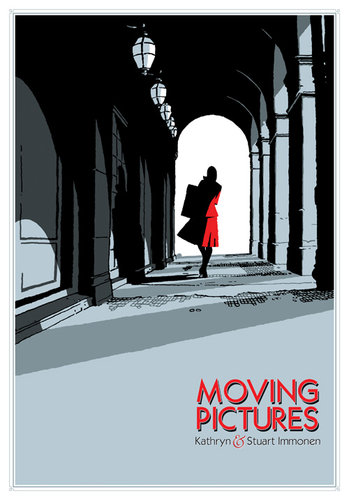 Written by Chris Roberson
Written by Chris RobersonArt by Michael Allred
I, Zombie has been a pretty entertaining series, introducing an interesting and novel approach to all sorts of revenants and monsters that has a very reasonable internal logic to it, and introducing a large cast of supporting characters that have been given very little screen time.
This issue addresses that imbalance some, by focusing on Scott, affectionately known as Spot, the Were-Terrier. In this issue, Spot narrates his entire life story, from growing up with his grandfather who was a voice actor for cartoons, to how he became a were-terrier, to meeting Gwen, the usual star of this comic.
Spot has been a favourite character of mine since the book debuted, and I'm glad to see him get more of the spotlight. He's usually portrayed as a pretty nice guy, although this issue reveals a level of self-centredness that I didn't expect. Basically, he stopped speaking to his aging grandfather for years because they didn't always agree. He comes around though, as his grandfather passes on.
The biggest draw for me, at the start of the series, had been Allred's art, and that continues to play a massive role in this comic's success. In this issue, Allred plays with homages to old superhero comics (a little bit Doom Patrol, a little bit Legion of Super-Heroes), and the old Scooby Doo cartoon, as Spot indulges in a little positive visualization.
This is a really good book - if you haven't tried it yet, this issue would be a good place to jump on.














